Research Roundup: Undergraduate student co-authors paper on the structure and evolution of the Sorbas basin
Research and impact 3 February 2020
Our new feature, ‘Research Roundup’ aims to highlight recent research activities and articles in the Department.
Professor Ernest Rutter shared details of an open access article published in November 2019 entitled ‘On the structure and evolution of the Sorbas basin, S.E. Spain’, available from Tectonophysics journal. Co-author Alicia McCabe was a 4th year undergraduate student here at UoM Earth and Environmental Sciences and Alicia’s contribution shows just how impactful undergraduate studies in earth and environmental sciences can be. The area is a popular destination for A level and undergraduate Geology mapping projects.
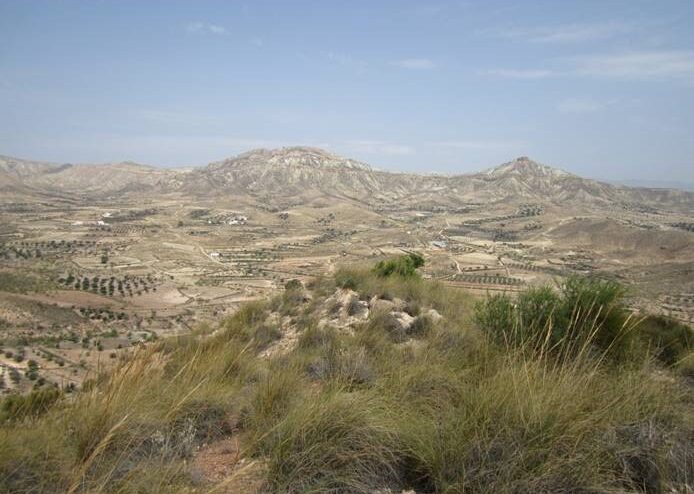 View looking north over the Sorbas basin with hill crests of Messinian rocks (marls and evaporites) unconformably overlying strongly deformed Tortonian sediments of the lower part of the basin fill.
View looking north over the Sorbas basin with hill crests of Messinian rocks (marls and evaporites) unconformably overlying strongly deformed Tortonian sediments of the lower part of the basin fill.
‘On the structure and evolution of the Sorbas basin, S.E. Spain’
Lorenzo Valetti, Ernest Rutter, Alicia McCabe, Julian Mecklenburgh
Abstract: Geological mapping and gravity surveying were used to constrain the shape of the Serravallian and Tortonian (U. Miocene) rocks of the Sorbas basin, SE Spain, and hence its tectonic evolution and place in the overall regional tectonic scheme. The present-day basin floor forms a westerly-deepening trough ∼2.0 km deep, infilled with mainly clastic turbidites and mass-flow deposits. Basin-fill rocks underwent broadly ENE-WSW extension during accumulation, with extensional faulting on the flank of the Sierra Cabrera to the east. Acoustic velocity measurements demonstrate a petrophysical impact of the syndepositional deformation. Post-deposition but prior to uplift and erosion, the sediments were folded into a large-scale monoclinal structure, inferred to have formed in response to gravitational sliding of sediments off the rising western flank of the Sierra Cabrera. This fold structure was deformed and rotated by 3 km of extension-related uplift of the basement block to the south during late Tortonian time, then erosion and flooding to produce a shallow-marine Messinian sequence, partially burying the older rocks. The geodynamic setting was the back-arc sector (the Betic zone) produced by Serravallian-Tortonian rollback of the Gibraltar arc subduction zone. It is bounded to the south by the Carboneras stretching transform fault, that accumulated about 40 km of left-lateral offset coevally with sediment deposition and deformation within the Sorbas basin. These events are inferred to be geodynamically linked.
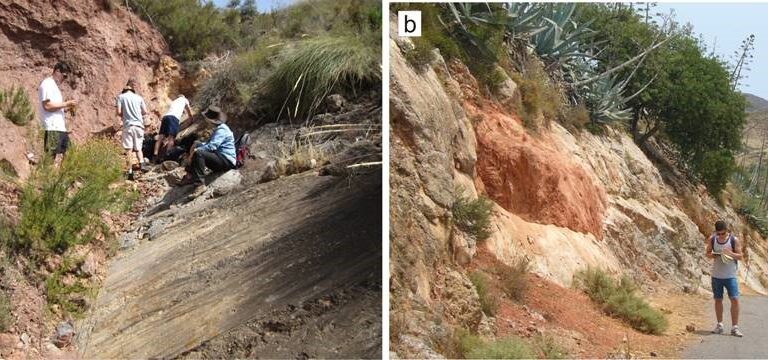 Basin-bounding extensional faults displacing basement rocks against basinal sediments.
Basin-bounding extensional faults displacing basement rocks against basinal sediments.
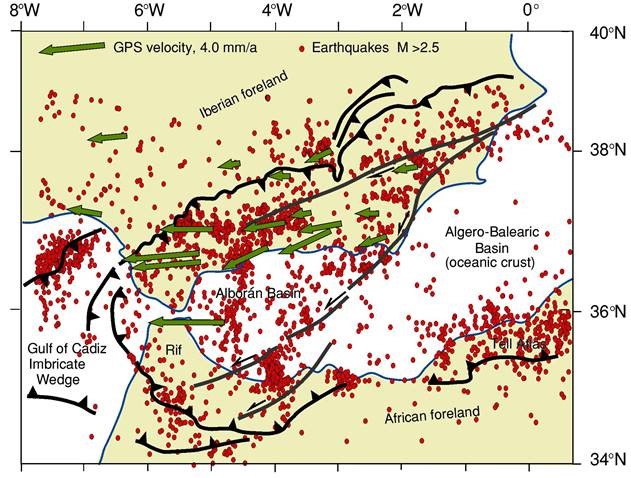 Tectonic scheme showing back-arc stretching of the crust behind the Gibraltar arc subduction zone, with present-day GPS vectors and earthquake epicentres.
Tectonic scheme showing back-arc stretching of the crust behind the Gibraltar arc subduction zone, with present-day GPS vectors and earthquake epicentres.
Lorenzo Valetti, Ernest Rutter, Alicia McCabe, Julian Mecklenburgh, 2019. On the structure and evolution of the Sorbas basin, S.E. Spain. Tectonophysics. 773. 228230. https://doi.org/10.1016/j.tecto.2019.228230
back-arcbasindeformationerosionEvolutiongeodynamically linkedgeological mappinggravitational slidinggravity surveyingmass-flow depositspetrophysical impactsedimaent depositionSorbas basinstructuresyndepositional deformationTectonophysicsturbiditesuplift

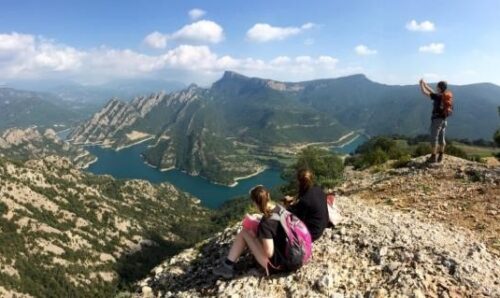

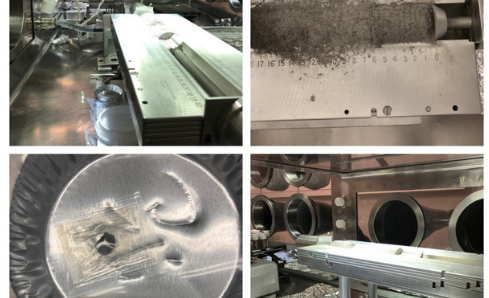
Leave a Reply